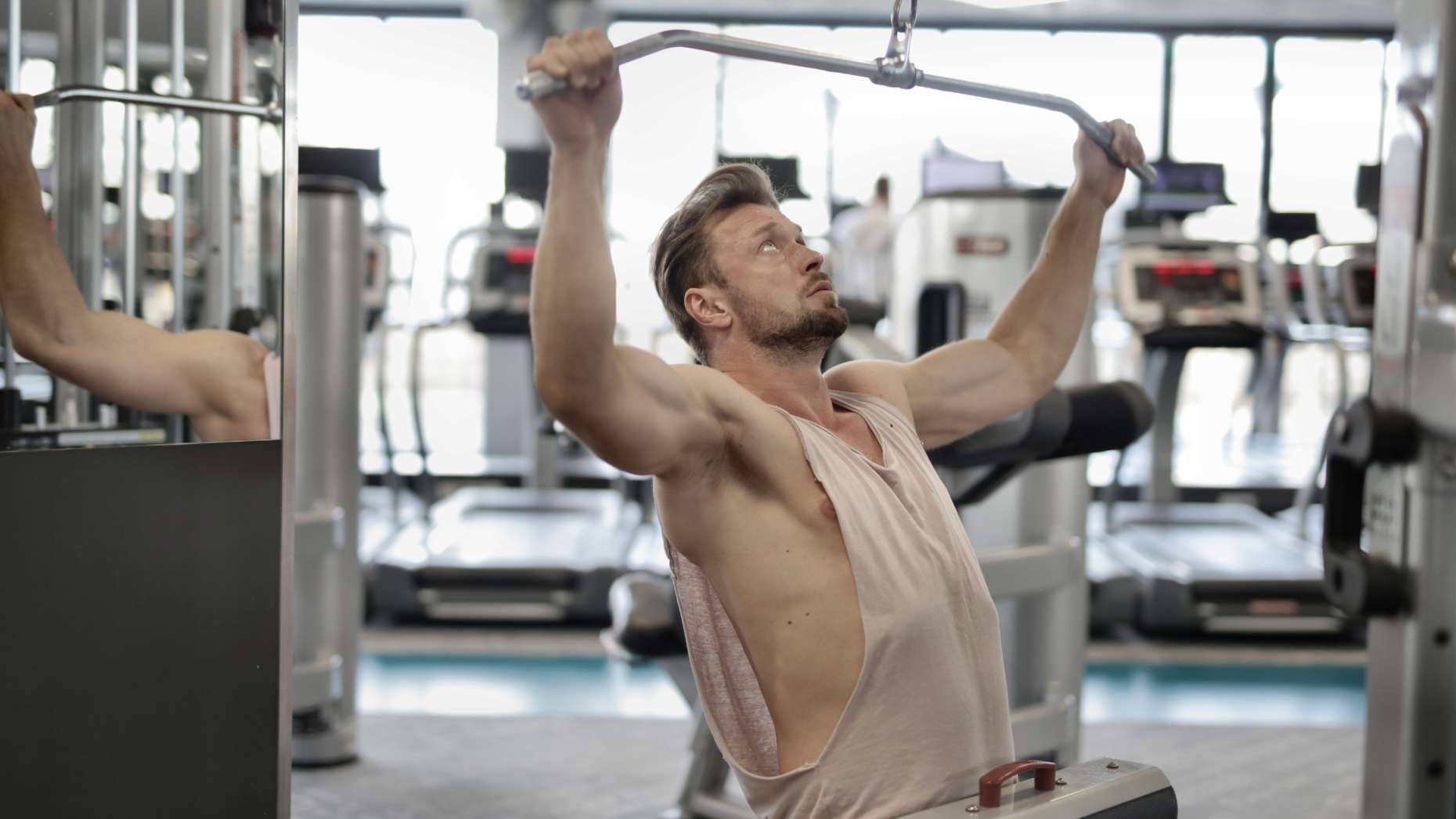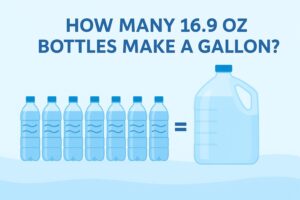
I still remember my first attempt at a 5 day workout split. I was fresh out of college, armed with way too much pre-workout and a stack of bodybuilding magazines. My plan? Chest day glory, arm day pump, and leg day… well, I skipped that part more often than I’d like to admit.
What I didn’t realize then was that a structured split could do more than just carve out biceps. Done right, it builds strength, balances recovery, and keeps you consistent without burning out.
Over the years, I’ve refined the approach—not just for myself, but for clients who juggle busy schedules and want results without living at the gym. If you’re curious about whether a 5 day split is right for you, let’s break it down together.
What’s the best 5-day workout split?

The “best” split isn’t about copying someone else’s program—it’s about finding a rhythm that fits your goals, recovery, and lifestyle. That said, three common styles dominate the fitness world:
- Bro Split (Body Part Split): Each day focuses on one muscle group—chest, back, legs, shoulders, arms. It’s simple, effective, and still widely used.
- Push/Pull/Legs (PPL): You organize workouts by movement patterns. Push (chest, shoulders, triceps), Pull (back, biceps), and Legs. This can be repeated across five days with smart rotation.
- Hybrid Upper/Lower + PPL: Combines the two above. For example, Upper body on Day 1, Lower body on Day 2, then Push, Pull, Legs to round out the week.
Here’s a quick look at how they stack up:
| Split Style | Focus | Frequency | Best For |
| Bro Split | One muscle group per day | 1x per week | Aesthetic goals, targeted muscle growth |
| Push/Pull/Legs | Movement-based | 2x per week | Balanced strength & hypertrophy |
| Hybrid | Mix of both | 2x per week | Lifters who like variety & faster progression |
The best 5 day workout split is the one you can stick to consistently while still recovering well. If you’re dragging by Thursday, it may be time to adjust.
Is a five day split too much?

Here’s the truth: training five times a week isn’t automatically “too much.” For intermediate and advanced lifters, it’s often the sweet spot. You’re hitting each muscle with enough volume, but still giving it time to rest before circling back.
The problem comes when recovery doesn’t keep up. If you’re running on four hours of sleep, living on fast food, and skipping hydration, a 5 day plan can feel brutal. Overtraining isn’t just about soreness—it shows up as fatigue, irritability, and stalled progress.
Think of it this way: workouts break down muscle tissue, but recovery builds it back stronger. So, is a five day split too much?
Only if your recovery game isn’t matching your training hustle. Prioritize protein, hydration, and at least 7 hours of sleep, and five days will feel just right.
What is the 5-3-1 rule in gym?

When people hear “5-3-1” in gym talk, they’re usually referring to Jim Wendler’s 5/3/1 strength program. While it’s not a classic 5 day workout split, it’s often paired with similar routines. The method focuses on four big lifts—squat, deadlift, bench press, and overhead press.
Here’s the gist:
- Week 1: 3 sets of 5 reps
- Week 2: 3 sets of 3 reps
- Week 3: 5 reps, 3 reps, 1 heavy rep
- Week 4: Deload (lighter training for recovery)
Why does this matter if you’re doing a 5 day split? Because the principles of progressive overload—the gradual increase of weight, reps, or intensity—are the backbone of strength and muscle growth.
Whether you follow Wendler’s approach or not, weaving progression into your split ensures you’re not just working out—you’re actually getting stronger.
Can a beginner do a 5-day split?
I’ll be honest here: a beginner can try a 5 day split, but it’s not always the smartest place to start. When you’re new to lifting, your body doesn’t need that much volume to grow.
In fact, you’ll see faster progress with fewer sessions while learning form and building a base of strength.
I usually recommend beginners start with a 3 or 4 day full-body or upper/lower split. Once they’ve built confidence with key lifts—squats, deadlifts, presses—they can graduate to five days.
Think of it as earning your way into the split. Jumping into a high-frequency plan too soon is like trying to run a marathon before you can jog a mile.
So yes, a beginner can do a 5 day split, but it’s usually better saved for the intermediate stage. That way, you’ll get more out of it and avoid burnout.
How should you structure a 5 day workout split?

Here’s where the rubber meets the road. If you’re ready to commit, here’s a classic Bro Split example:
- Day 1 – Chest: Bench Press, Incline Dumbbell Press, Dumbbell Fly, Cable Fly, Dips
- Day 2 – Back: Deadlift, Pull-Ups, Bent-Over Rows, Lat Pulldown, Seated Row
- Day 3 – Arms: Barbell Curl, Hammer Curl, Skull Crushers, Rope Pushdowns, Kickbacks
- Day 4 – Legs: Squat, Romanian Deadlift, Lunges, Hip Thrusts, Leg Extensions, Calf Raises
- Day 5 – Shoulders: Overhead Press, Arnold Press, Lateral Raises, Face Pulls, Shrugs
- Days 6 & 7 – Rest/Active Recovery: Light walking, mobility drills, or yoga
This setup hits every muscle group hard while giving you two full days to reset. If you prefer more frequency, try the PPL version—Push, Pull, Legs, repeated across five days with one rest day.
The key is progression. Don’t just repeat the same weights week after week. Add a little more weight, an extra rep, or a tougher variation. That’s where the magic happens.
FAQs About the 5 Day Workout Split
Q1: Is a 5 day split better for muscle growth than full-body workouts?
It depends on your goals. Full-body workouts are great for beginners and people short on time, but a 5 day split allows for more volume per muscle group, which can lead to faster growth—if you recover well.
Q2: Can I add cardio to a 5 day workout split?
Absolutely. Just be smart about it. Add cardio after strength training or on rest days. HIIT pairs well with this routine, but steady-state cardio like cycling or walking also helps recovery and fat loss.
Q3: What’s the biggest mistake people make with a 5 day split?
Going through the motions without progression. If you’re not increasing weight, reps, or intensity over time, you’ll stall. The second mistake? Neglecting sleep and nutrition—two non-negotiables for results.
Q4: How long should I stick to one 5 day plan?
Most lifters see the best results when they follow a split for 8–12 weeks, then change exercises or switch splits to avoid plateaus. Periodization (planned changes) keeps your body guessing and your results consistent.
Flex, Recover, Repeat: My Final Take
Here’s my no-nonsense advice: a 5 day workout split works wonders if you’re past the beginner stage, serious about progression, and willing to respect recovery as much as training. I used to think pushing harder every day was the only way, but I’ve learned that smart planning beats blind effort.
If you decide to give it a shot, track your lifts, fuel your body, and listen when it tells you to rest. Your muscles grow in the quiet moments, not just in the gym chaos. Stick with it, and you’ll find that five focused days can completely reshape your strength and energy.


